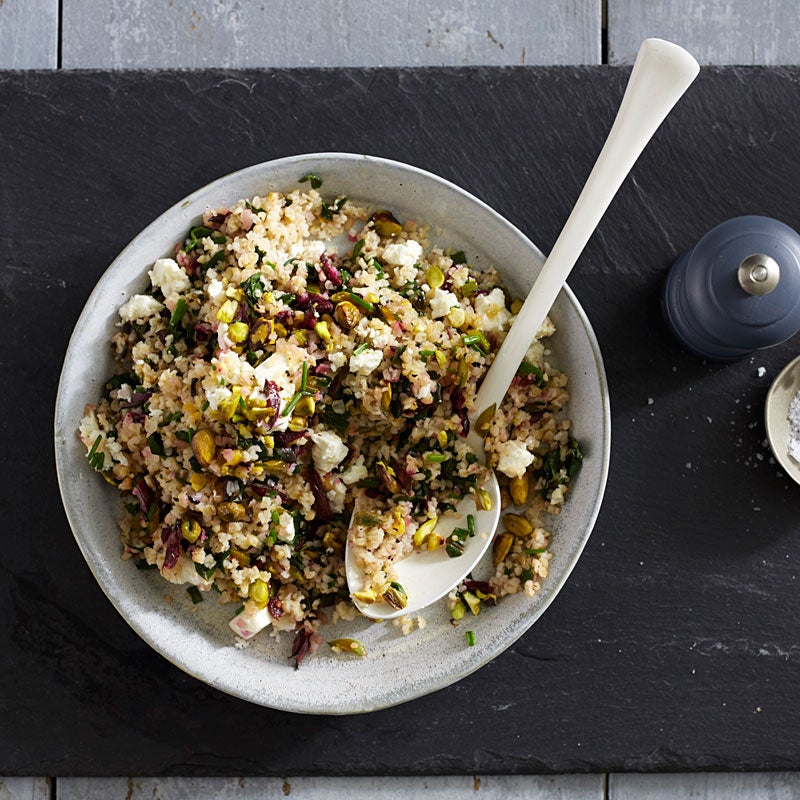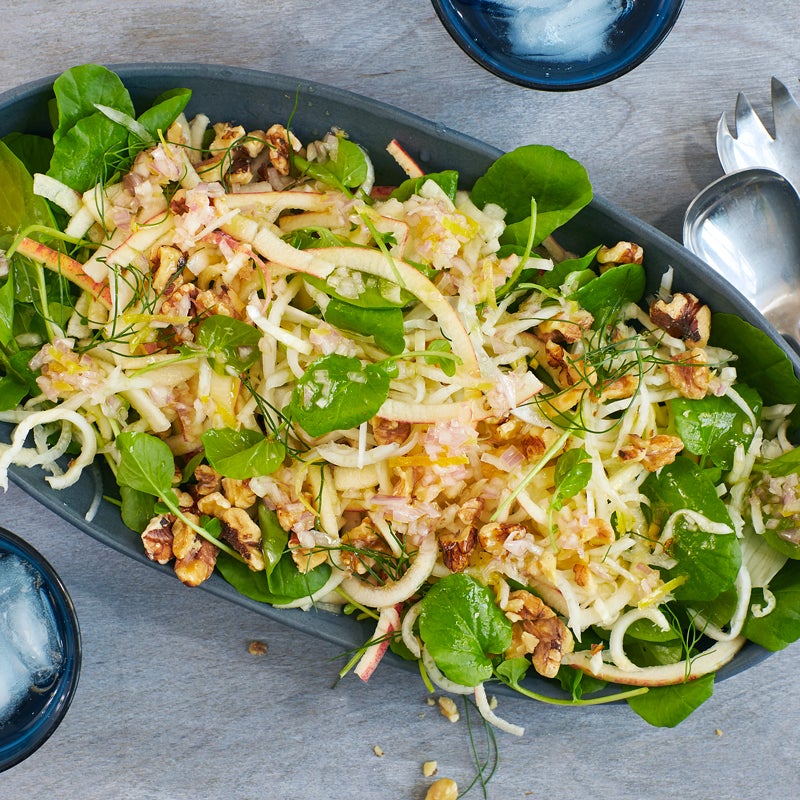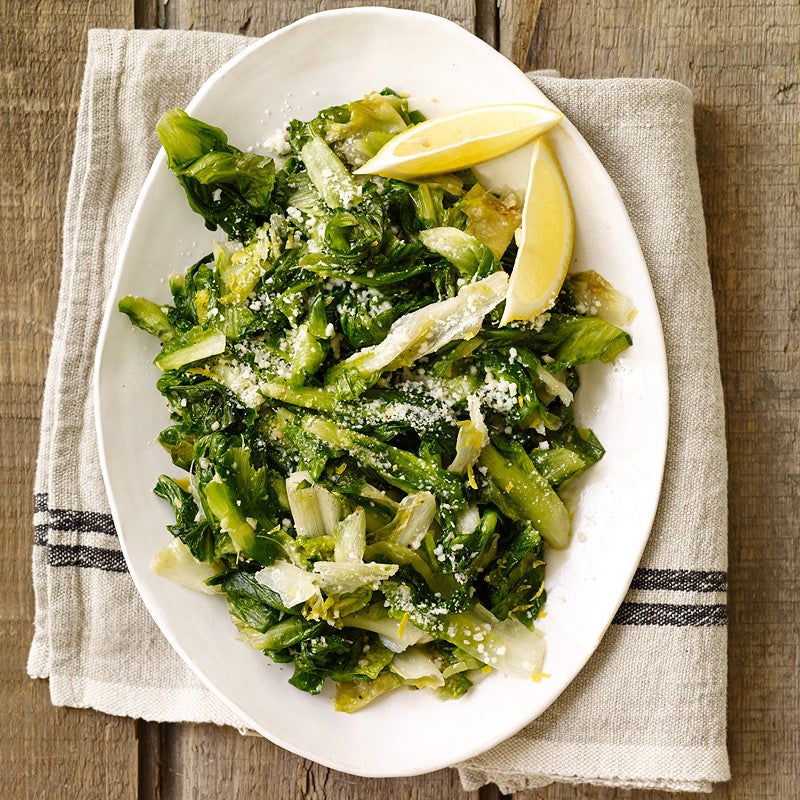7 Kinds of Bitter Greens and Delicious Ways to Use Them
Wake up your salads with these leafy wonders.

Basic flavors aresweet, sour, salty,andumami. What’s missing? Oh, right:bitter.
Lately, bitter’s gotten a popularity bump with thekale craze. But there’s lots beyond kale! Bitter greens are terrific with almost anything off the grill. A little in a salad among the sweet lettuces makes the meal more complex, sophisticated, and satisfying.
Take salads and side dishes to the next level by getting familiar with some of the bitter greens that show up in our markets.
1. Beet greens
What they are:These are the leafy greens growing out of the familiar, rounded beet root that forms at soil level.
How to enjoy them:The greens are fine raw, but they’re better wilted quickly in a hot skillet with some olive oil nonstick spray and a splash of broth. Or substitute them in any recipe that calls for chard for a slightly sweeter finish.
2. Broccoli rabe
What it is:Also calledrapini, this green grows in stalks, sort of like small heads of broccoli but with large, spiked, bright- or dusty-green leaves. The edible flowers may bloom with yellow petals.
How to enjoy it:You can eat the whole thing raw by slicing it into thin bits for a salad. Or roughly chop broccoli rabe and cook it with olive oil nonstick spray in a skillet over medium-high heat with some slivered garlic and red pepper flakes. Add a little splash of balsamic vinegar for an Italian classic that’ll go with anything off the grill.
3. Dandelion greens
What they are:Dandelions may conjure up memories of blowing the flower’s seeds off the stem into the wind. What you may not realize is that their greens have been eaten since Victorian times. If you want to get serious about greens—not from your yard but the big-leaf varietals sold in bundles at a farmers market—these are a good option.
How to enjoy them:Trim the greens about an inch or so above the bottom of the stems, then cut the remaining leaves in 3- or 4-inch pieces. If the stems are tender to the bite, mix the greens right into a salad. For tougher ones, prepare them as you would broccoli rabe.
4. Escarole
What it is:A member of the chicory family, this one’s an Italian classic that’s grown in heads with floppy leaves, white stems, and a fairly compact core.
How to enjoy it:Believe it or not, the tougher, white bits near the core are best raw. They give a salad a juicy, sour punch. Or chop the whole head and add it to any soup or stew during the last ten minutes of cooking.
5. Frisée
What it is:Another chicory, frisée is a lacy green, with flat heads and tendril-like leaves, the white stems shading out to frilly ends. (The darker, the more bitter.) Frisée is the classic green in bistro salads.
How to enjoy it:Trim away the tough core and any brown bits. To get started, chop the greens and enjoy them raw as part of a bigger lettuce mix.
6. Mizuna
What it is:This Japanese-style mustard green sports bright- to dark-green leaves with serrated edges. The small leaves are milder and more tender than most other greens and impart a little peppery finish.
How to enjoy them:They’re best added raw to a salad—particularly a pasta or a potato dish. Or drop a handful into the food processor to give hummus a deep, rich flavor.
7. Watercress
What it is:These small-leaved plants have edible (if woody) stems and a pronounced peppery bite.
How to enjoy it:Chop and toss it raw into salads, provided the stems aren’t fibrous. Or use it in pesto, substituting watercress for half the basil in the food processor. Or stir-fry watercress with a little olive oil nonstick spray. Once wilted and given a splash of lemon juice, watercress makes a great bed for grilled chicken or shrimp.
How to wash bitter greens
One final note before you start meal prepping: Leafy greens may be sandy—even muddy—when you buy them at the market. They must be washed thoroughly. Fill a clean kitchen sink with cool water, then add the leaves and agitate well. Leave them alone for five minutes, then skim them off the water’s surface, leaving the grit to go down the drain when you unstop the sink.







